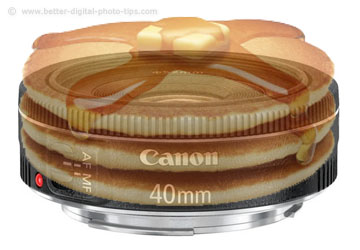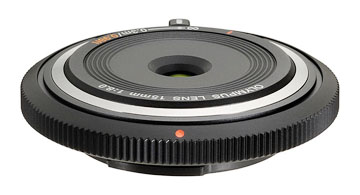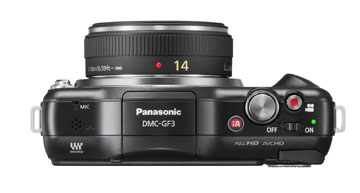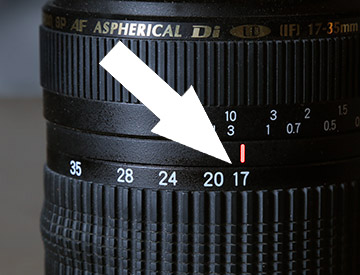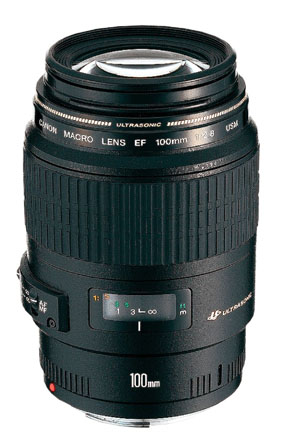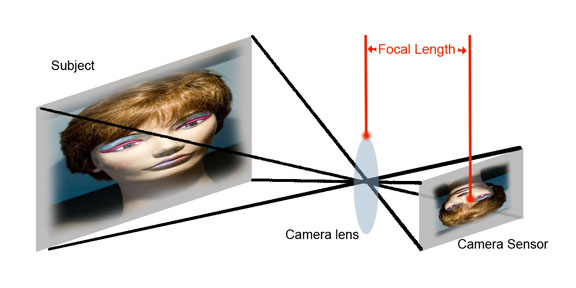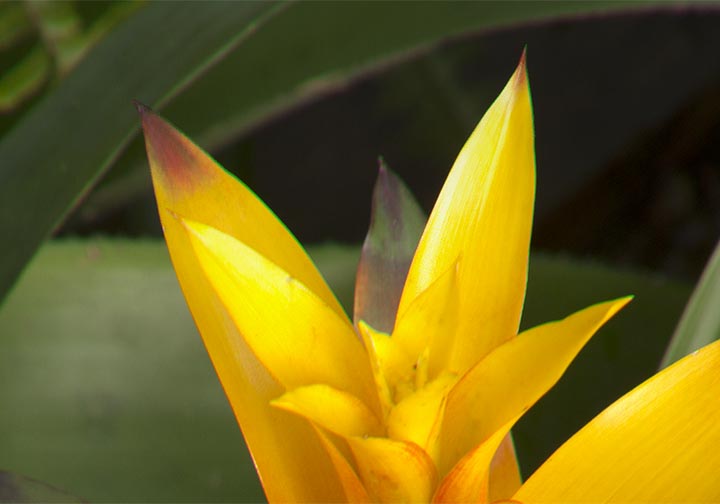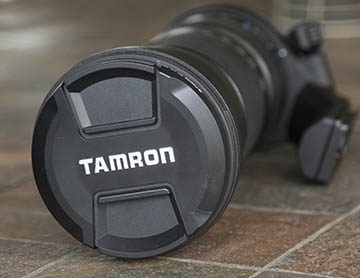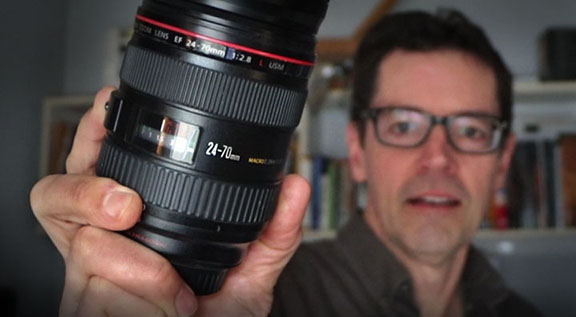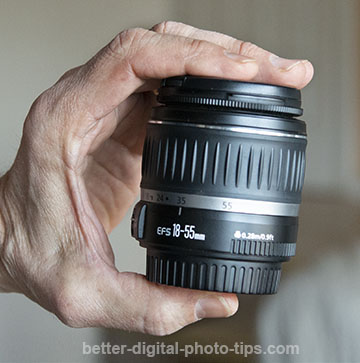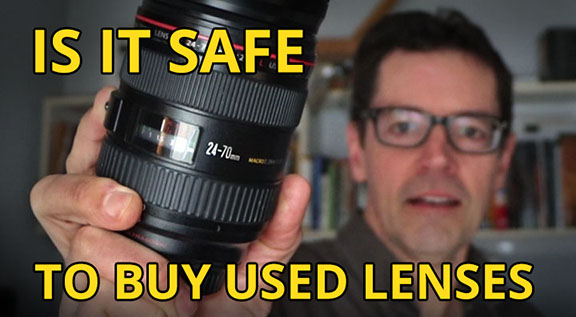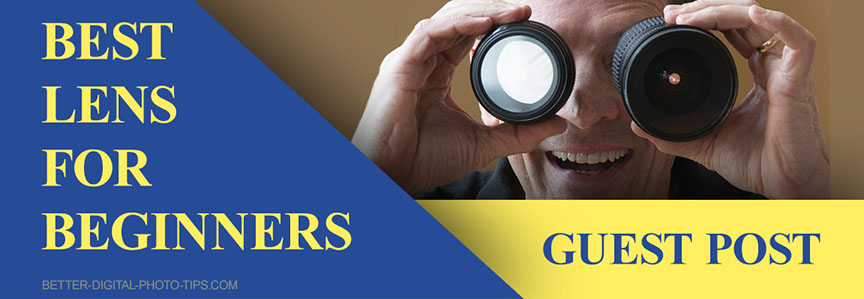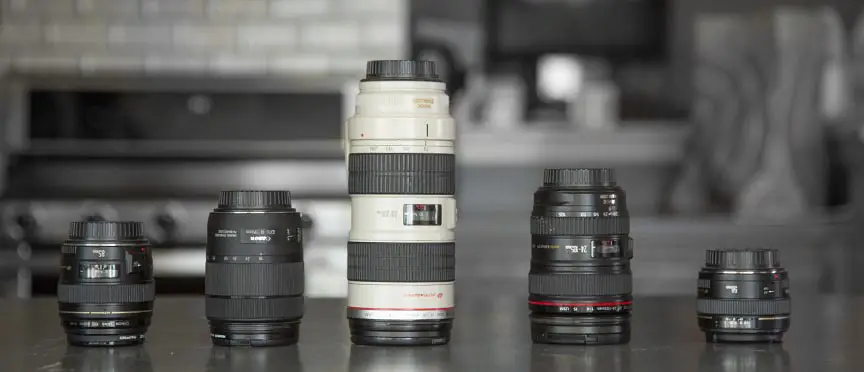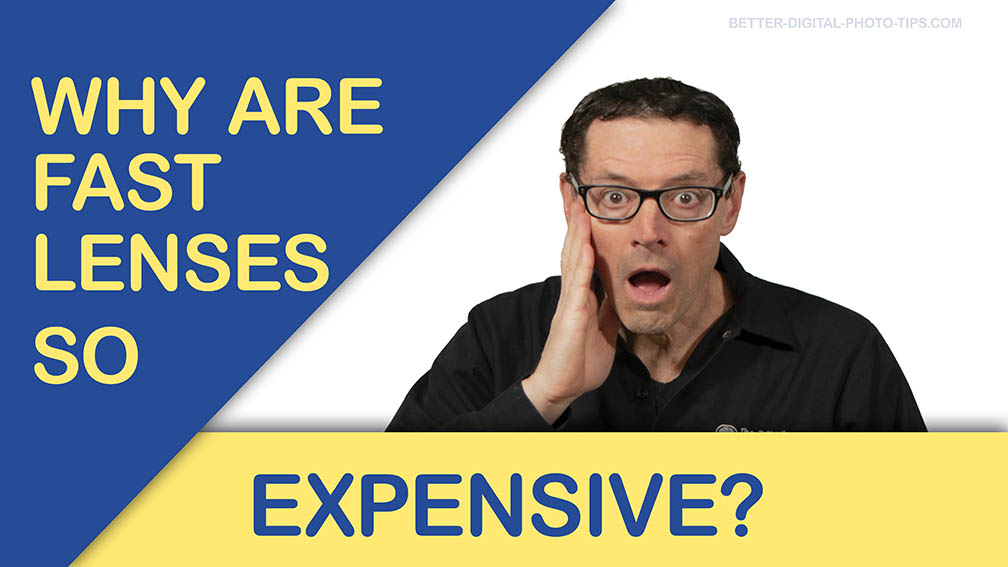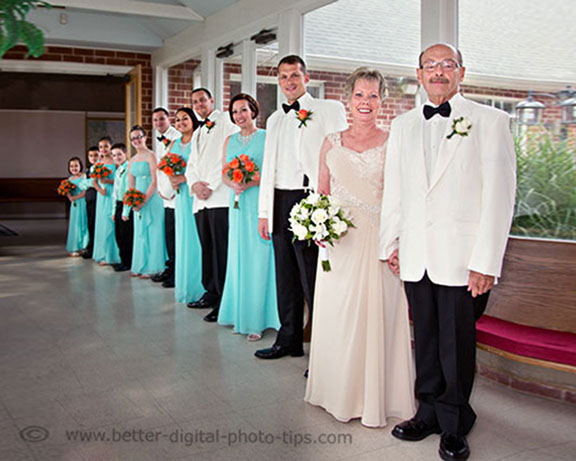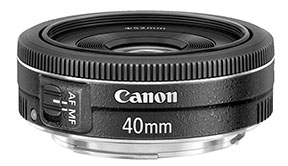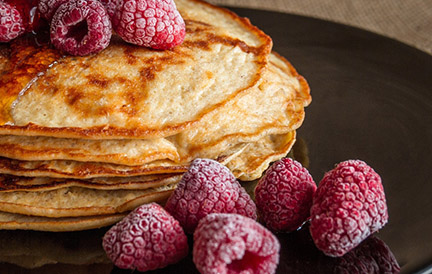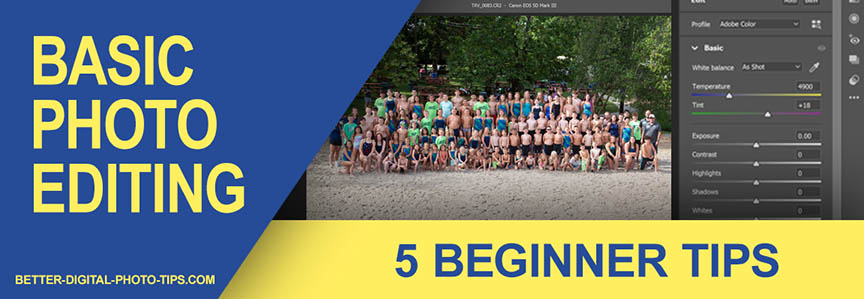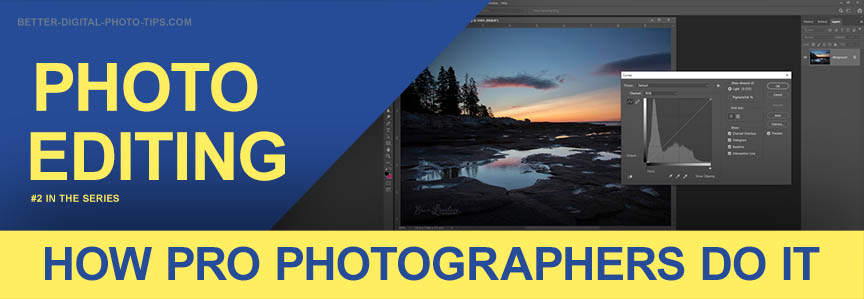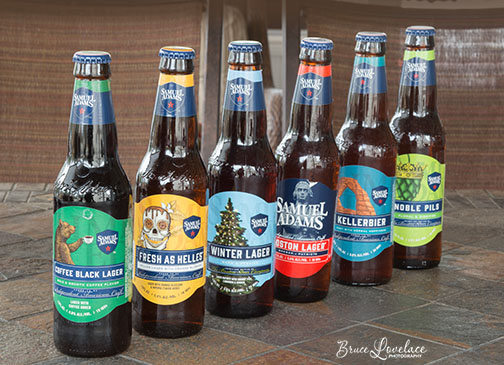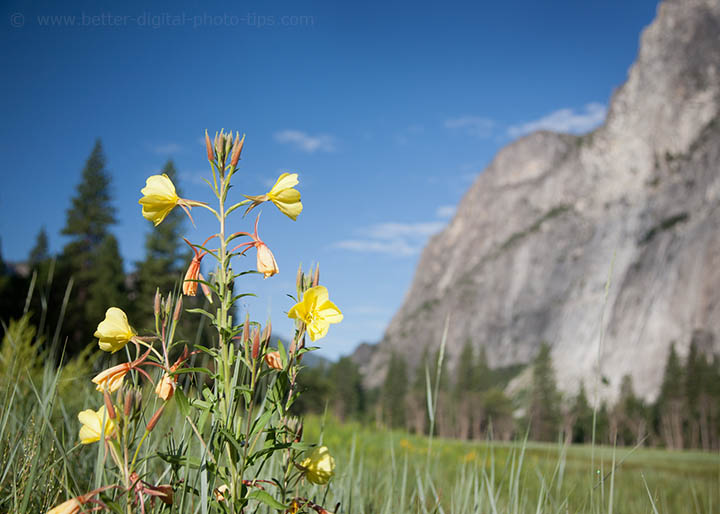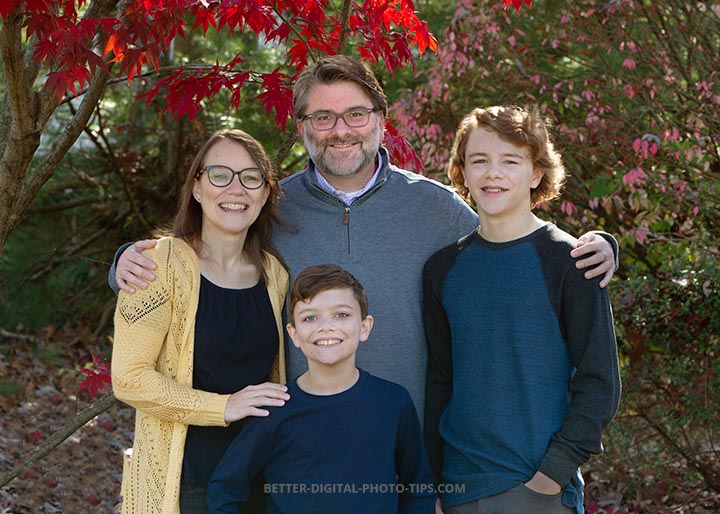HOW TO POSTS: LIGHTING AND COMPOSITION
what is a pancake lens
So, what is a pancake lens and why would you use it?
The definition of a pancake lens does not involve food. A pancake lens gets its name from it's shape, resembling a short stack of pancakes. It's thin and compact, a flattened barrel shape. These specialty lenses are simply wider than they are tall.
They are usually moderate, wide-angle and sometimes normal focal length, NON-zooming, prime lenses. Although some photographer could refer to a pancake lens as sweet (like your favorite Sunday breakfast, smothered in syrup), the name has nothing to do with its function, just its shape.
what is a pancake lens used for
Pancake lenses have benefited from a big increase in popularity, particularly with mirror-less camera designs. Using them with cameras that are smaller than traditional DSLRs makes some of those cameras small enough to stick in your pocket.
There's been a trend in digital photography toward smaller cameras and pancake lenses fit that trend perfectly. You'll love to take advantage of having a smaller smaller camera design and travel lightly on any of your photo excursions.
advantages of pancake lens
1. It's size is the biggest advantage of using a pancake lens. Not only is it easier to travel with, it is also light and easy to hold your camera steady.
2. It makes you move. Pancake lenses are PRIME lenses. They don't zoom. That "forces" you to move around, forward and backwards to experiment with different compositions and perspectives. This leads to better photographs.
3. Price. Their simple design and less glass need means they are very affordable. Without the complicated design needed for a zoom lens, pancake lens designs are simple, with fewer lens elements, and easier to make.
4. Quality of image. Optical quality is often compromised with zoom lenses because of their complicated design. Pancake lenses are simple designs with only one focal length.
disadvantages of pancake lens
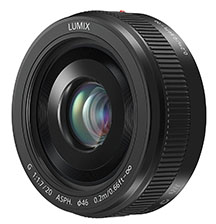 Panasonic Lumix
Panasonic LumixG II Lens 20mm F1.7
1. The biggest disadvantage of using a pancake lens is that there is no zooming capabilities. As photographers we are accustomed to always having the ability to zoom or out to improve the composition of our photograph.
2. They are not the fastest. In their defense, they are relatively fast (usually around f/2.8) compared to most zoom lenses, but not as fast as the larger prime lenses at f/1.8 or faster.
3. Image quality. The compact design means some compromise in designing for the absolute best image sharpness and quality. With that said, the majority of users are completely satisfied with the sharpness and clarity of the images that these lenses produce.
4. There is no distance scale printed on the lens barrel. For most photographers, this is no big deal. If you wanted to set your focus distance on the hyperfocal distance to maximize depth of field, you'll have to do it optically, by focusing on the most distant and closest objects and then splitting the difference.
types of pancake lenses
Pancake lenses for Canon, Nikon, and Sony cameras come up first when searching for pancake lenses on Google, but they are available for just about every camera with interchangeable lenses.
Pentax also makes several pancake lenses for its DSLR and mirrorless cameras. Samsung has models for their NX cameras and Sony makes a 16mm pancake lens for its mirrorless NEX cameras. Panasonic also has pancake lenses specifically for its Lumix cameras. Olympus makes a couple for its Four Thirds and Micro Four Thirds cameras. Voigtlander is the company that manufactures pancake lenses for Leica M cameras.
Want to see some pancake lens sample photos?
Pancake Lens Photo Samples
The screen shot below shows you what a search for pancake photo examples reveals. You can see the pancake lenses are frequently used to photograph people. Generally, pro photographers stay away from using pancake lenses for head shot portraits, but they;re extremely popular for bloggers shooting self-portraits and environmental portraits, including street photography.
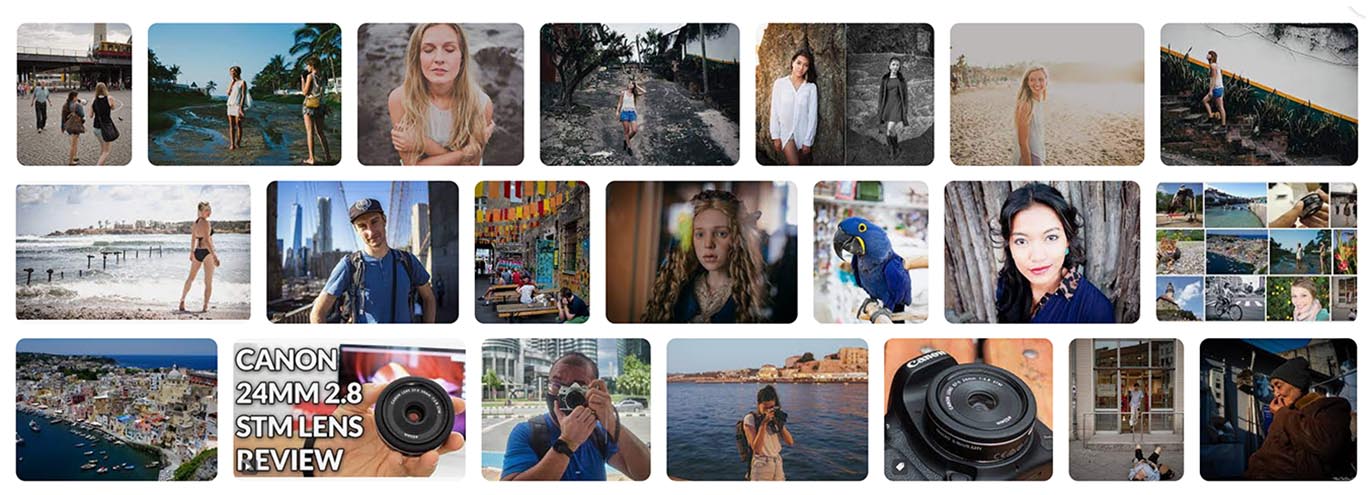 Pancake lens photo samples
Pancake lens photo samplesUsing a pancake lens has become quite popular. Everyone likes to travel lightly. There's even a group on Flickr that's dedicated to just pancake lens photography: Flickr/Pancake Lenses.
If you have an Instagram account, check out the Instagram photos here: Instagram/Pancake Lens.
where to buy pancake lenses
When I was first starting out, I purchased a lot of my camera equipment from eBay, because I had a very limited budget. It's the way to go if you're just starting out. Make sure to pick a seller with a good reputation.
I then gravitated to B+H Photo video in New York, because each time I've visited the store I liked their selection. Lately I've purchased my lenses from Adorama, but I am a big fan of reading the many customer reviews on Amazon and buying there if the price is right.
As an Amazon affiliate I may receive a small commission from qualifying purchases, at NO added cost to you.
why use a pancake lens?
I've read that one of the biggest reasons to use a pancake lens is because of the unique way it makes you feel as a photographer. I understand it, although I haven't experience using ANY prime lens much very lately, let alone a compact pancake one. When I first started playing around with photography in the 1960s, I ONLY had prime lenses and I was more concerned about f/stops, shutter speed, and how I was going to print everything in my basement darkroom.
The feelings you are reported to experience are that you are a genuine photographer, decluttered down from technology and "authentic" without the aid of zoom lensing. You've got to work harder at being creative. You're forced to form a relationship with your subject, and get more physically and emotionally involved. This all sound a bit esoteric to me. But don't knock it until you try it!
Interesting facts about pancake lenses
Here are a few interesting facts about pancake lenses>
- The question "What is a pancake lens" was first heard when the Zeiss Tessar pancake lens was made in 1902.
- The first modern pancake lens was by Canon in 1981 for Canon film cameras. It had a 40mm moderate wide angle of view which is very typical for pancake lenses to have.
- Pancake lenses are not limited to be used in regular cameras. They're also commonly used in reality headsets, camcorders, and smart phones.
As an Amazon affiliate I may receive a small commission from qualifying purchases, at NO added cost to you.


ABOUT BRUCE LOVELACE
Bruce is the publisher of this website. He is the author of the book "Improve Your Photography Instantly." Read more on Bruce on his Bio Page. He's been known as The Traveling Photographer ever since 1994. Read more about this website.
View some of Bruce's photos on Instagram. Visit the Facebook Page. Watch him on YouTube. Bruce runs photo workshops for kids and adults, and provides one-on-one photography coaching.
Digital Photography Education Location on Google My Business
